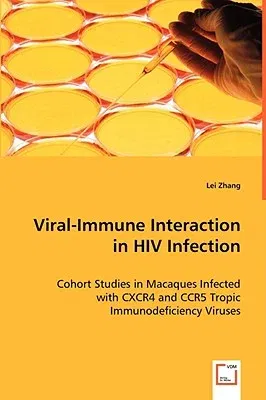Lei Zhang
(Author)Viral-Immune Interaction in HIV InfectionPaperback, 8 July 2008

Qty
1
Turbo
Ships in 2 - 3 days
In Stock
Free Delivery
Cash on Delivery
15 Days
Free Returns
Secure Checkout
Print Length
184 pages
Language
English
Publisher
VDM Verlag Dr. Mueller E.K.
Date Published
8 Jul 2008
ISBN-10
3836462850
ISBN-13
9783836462853
Description
Product Details
Author:
Book Format:
Paperback
Country of Origin:
US
Date Published:
8 July 2008
Dimensions:
22.86 x
15.24 x
0.99 cm
ISBN-10:
3836462850
ISBN-13:
9783836462853
Language:
English
Location:
Saarbrucken
Pages:
184
Publisher:
Weight:
254.01 gm

